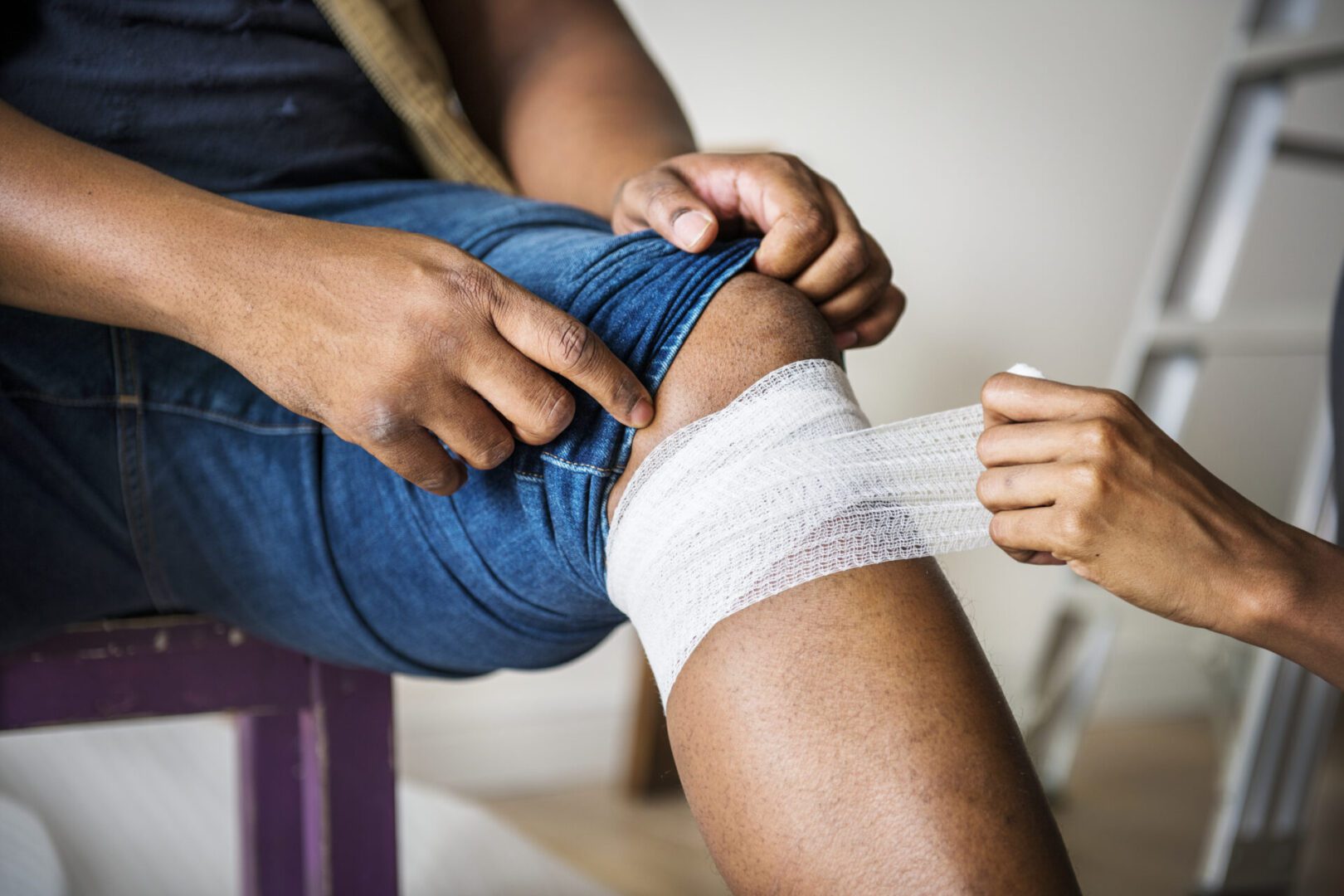Search by Color or Cause


The last day of February, February 28, is International Repetitive Strain Injury Awareness Day. The day is recognized by the ribbon color dark blue. Wear a blue enamel awareness pin, fabric ribbon, or blue silicone awareness wristband to recognize International Repetitive Strain Injury Awareness Day.
According to Berkeley Lab, Repetitive Stress Injuries are soft-tissue injuries that happen over time and can limit normal daily activities and cause persistent pain. For example, RSI can affect the muscles, nerves and tendons of the neck, upper and lower back, shoulders, arms and hands. These injuries are commonly caused by repetitive or forceful actions or working in awkward positions. The Public Health and Safety Association goes further in depth on RSI and why this day of awareness is important for everyone.
At Berkeley Lab, they understand that reducing injuries is a result of optimizing human performance. Through research, education and community outreach, they aim to understand the mechanisms leading to RSIs or Work Related Musculoskeletal Disorders. They then identify and evaluate equipment designs and work practices that reduce the risk of RSIs/WRMSDs and contribute to the health and wellbeing of workers, while optimizing their performance.
Many years ago, a few individual workers who knew the debilitating effects of Repetitive Strain Injuries (RSI) or Musculoskeletal Disorders (MSD) took it upon themselves to ignite a movement to raise awareness of these injuries, their causes, and solutions. This resulted in International RSI Awareness Day, held annually on the last day of February. They chose this day because it is the only non-repetitive day on the calendar. On this day, workplaces and communities hold events to bring awareness to this important workplace issue.
These are umbrella terms used to describe a collection of injuries that affect the muscles, nerves, ligaments, blood vessels and tendons (soft tissue). Tendinitis, tenosynovitis, muscle strain, low-back injury, and carpal tunnel syndrome are some common examples. Common symptoms, for example, include aches, pains, burning, tingling, swelling and loss of joint movement and strength in the affected area(s). In addition, these symptoms can progress to chronic and crippling disorders which, oftentimes, neither physiotherapy nor surgery can correct.
A variety of factors can play a role in the development of RSI or MSD:
Repetition
Insufficient recovery time
Forceful movements
Awkward or fixed postures
Cold temperatures
Contact stress
Pace of work
Psychosocial stress
Vibration
Occupational injuries to muscles, nerves and tendons (soft tissue) may not be life-ending, but they can certainly be life-altering. Additionally, they can change everything, robbing workers of their mobility and dignity. Year after year, work-related repetitive strain injuries (RSI), also commonly known as musculoskeletal disorders (MSD), account for more than 30 percent of lost-time injuries (LTI) Many more cases of RSI, however, are never reported. For this reason, these statistics and the painful experiences behind them demand solutions.
The majority of RSI or MSD are preventable.
Some effective steps to take include:
Early reporting of symptoms and hazards to supervisors and joint health and safety committee (JHSC) members.
Provide suggestions to improve working conditions to supervisors and JHSC members; especially redesigning the workplace to reduce risk factors of RSI/MSD.
Implementation of ergonomic prevention solutions.
Worker involvement in suggestions and implementation.
Timely reporting.
Quality training to address these issues.
(Image: Freepik)